Richard Seifert's London: 'Urban, modern and bombastically brutalist'
London is full of Richard Seifert buildings, sprinkled with the 20th-century architect's magic and uncompromising style; here, we explore his prolific and, at times, controversial career
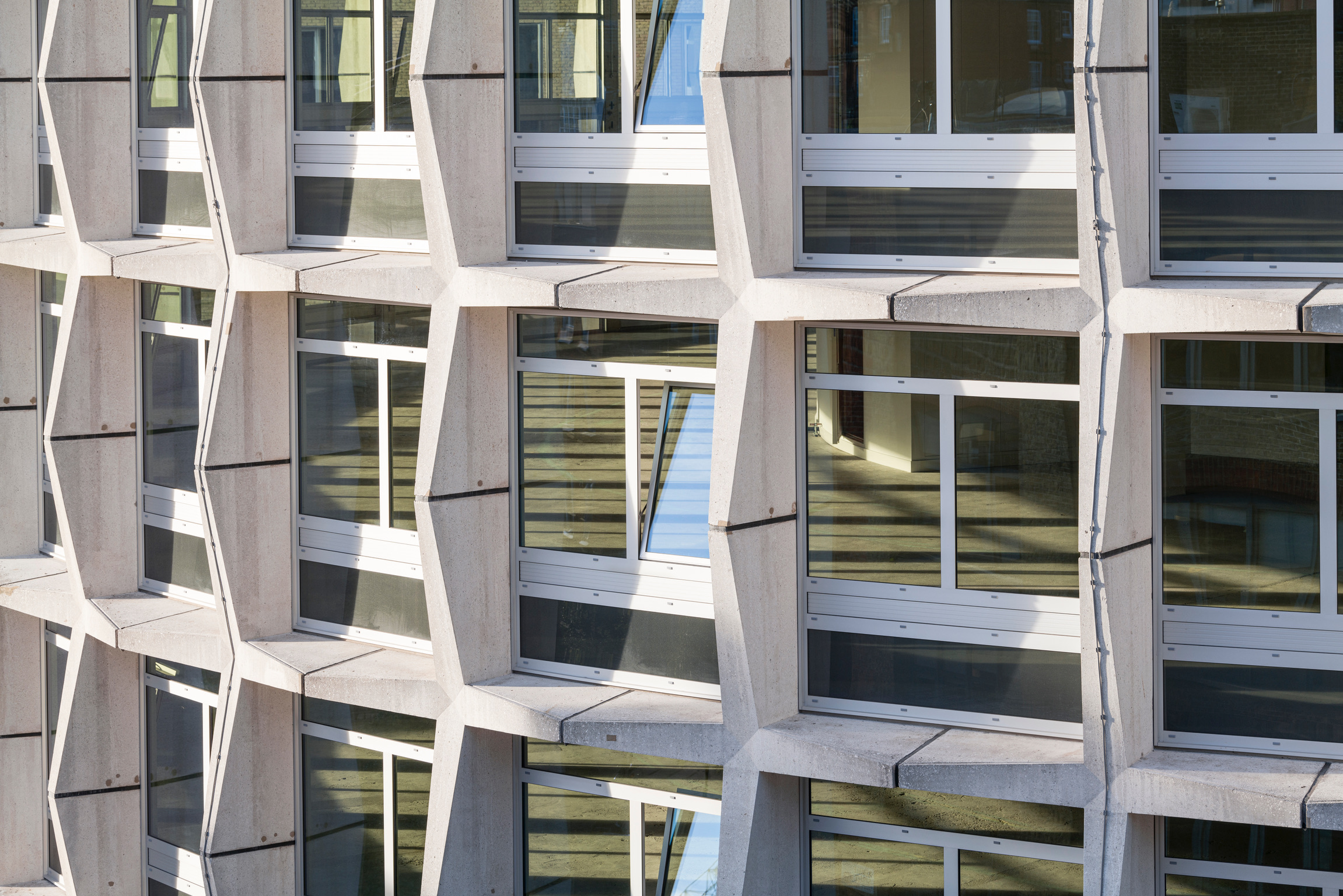
If you have spent time in London, particularly rushing around the streets of the city’s various business districts, you will most likely have passed by a Richard Seifert building.
The Swiss British architect, who delivered an astonishing 600-plus structures across the UK capital throughout the 1960s and 70s, including Centre Point, The NatWest Tower and Space House just off Holborn’s Kingsway, is credited both as being the man who brought the high-rise office block to the UK and the designer who has shaped the London skyline more than any other.
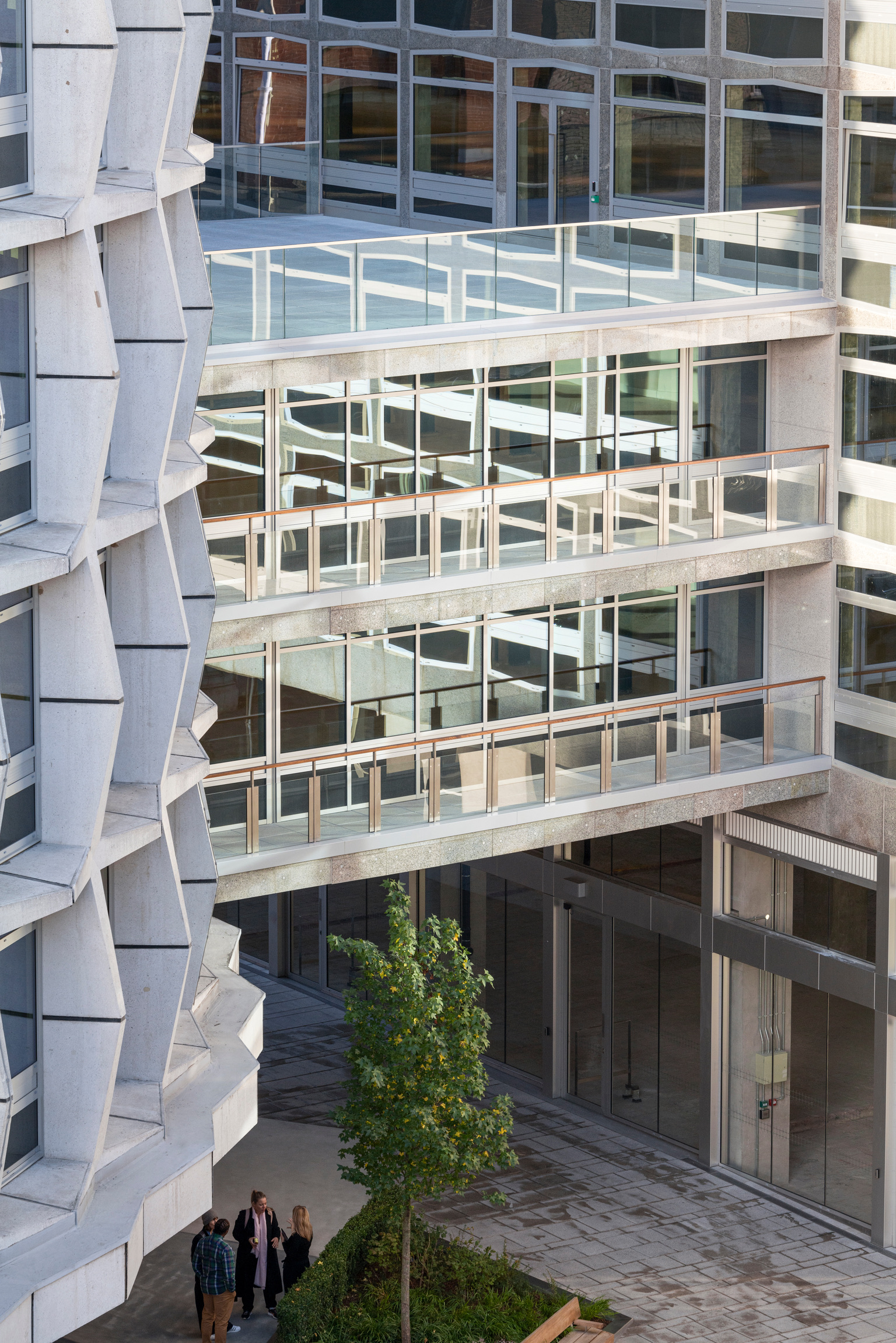
Space House
Welcome to Richard Seifert's London
But ubiquity and popularity don’t always go hand in hand. No stranger to criticism, Seifert was reviled by many throughout his career thanks to his uncompromising style – urban, modern and bombastically brutalist. He even managed to get on the wrong side of Princess Margaret, who expressed her dislike for his Royal Garden Hotel overlooking her garden at Kensington Palace.
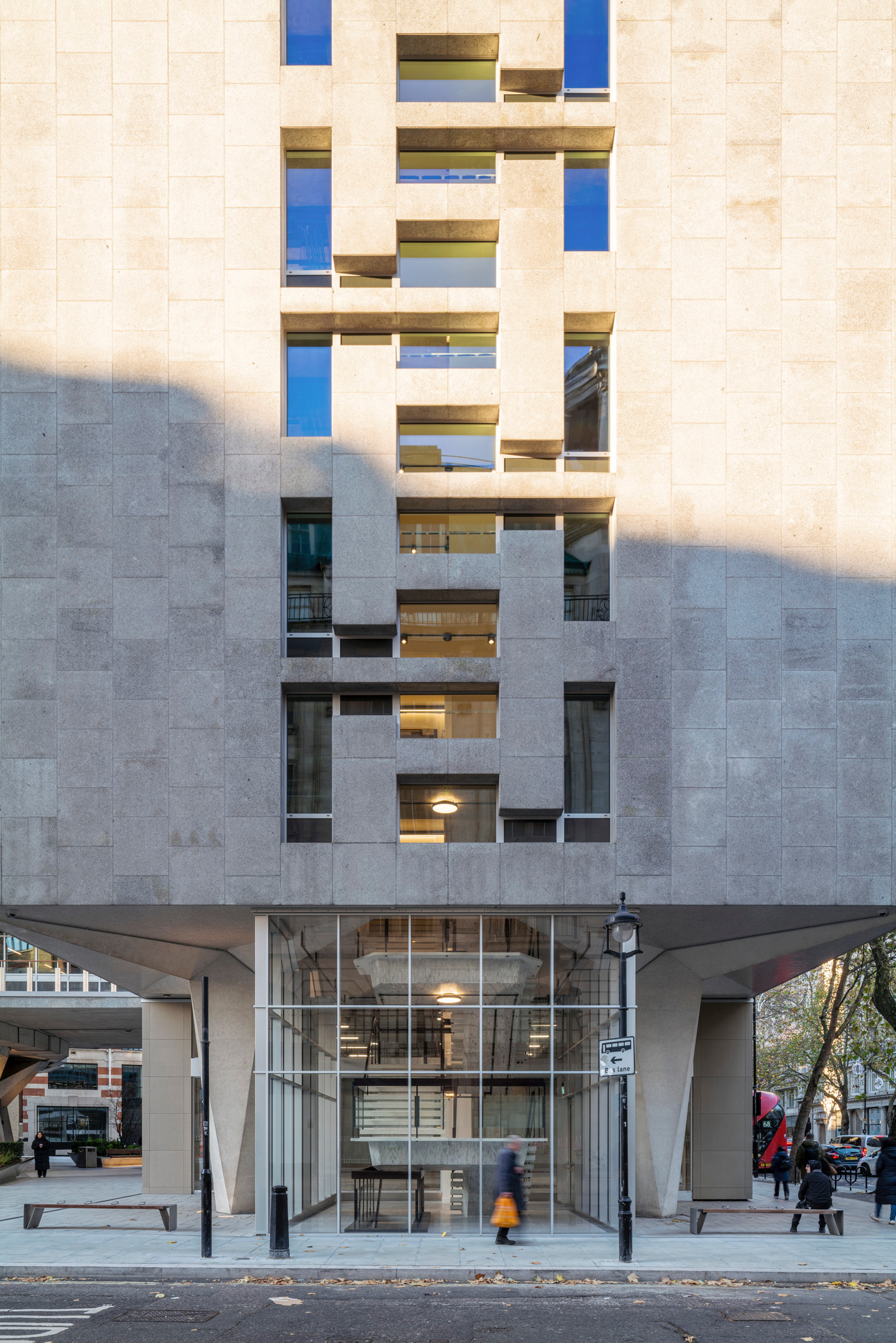
Space House
Now, over 60 years on and in the wake of a growing commitment to preserving mid-century modernist architecture, the tide is turning, and a resurgence is afoot. In the words of developer Martyn Evans, London is whispering Richard Seifert’s name. 'His buildings are having their moment,' says the creative director of Landsec. 'It feels like a rediscovery, a quiet celebration. This isn’t nostalgia. This is affirmation. Richard Seifert’s buildings weren’t fleeting gestures or fashionable curiosities. They were designed to last and to matter.'

Centre Point
Indeed, they have, as demonstrated by a recent spate of sensitive and environmentally conscious restorations. These are projects that have proven Seifert’s original, pared-back designs, no matter how disparaged they were at the time or since for their aesthetics, lend themselves remarkably well to modern, sustainable architecture conversions.
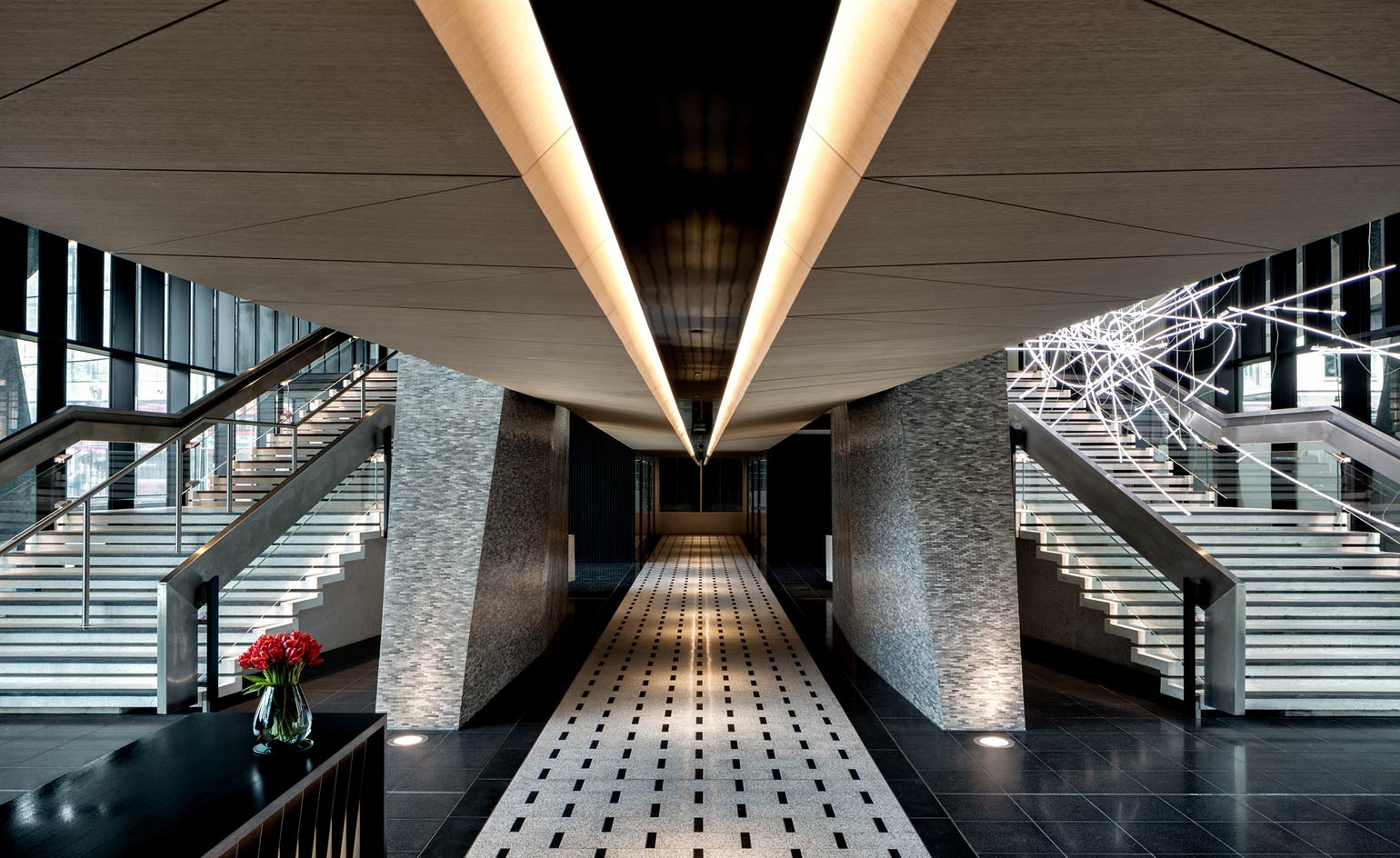
Centre Point
The most recent of these was the redevelopment of Space House, the former Civil Aviation Authority HQ building in Covent Garden, where it has stood since 1968. In a bold departure from the lure of the new, 90% of the original structure – a distinctive 17-storey cylindrical tower linked to a rectangular block by an enclosed bridge – has been retained for a fresh generation of office occupiers.

Typewriter Building
Reopened at the end of last year, the Grade 11-listed building has been praised by Historic England as ‘one of the most important redevelopment projects of our time’ given the unwavering commitment from developer Seaforth Land, architects Squire & Partners and environmental engineers Atelier 10 to not only breathe new life back into the structure, but to ensure it has the sustainability credentials to guarantee ongoing longevity.
Receive our daily digest of inspiration, escapism and design stories from around the world direct to your inbox.
Given that adding external insulation was 'impossible without altering the building’s historic character,' says Tim Gledstone, partner at Squire & Partners, efforts were focused on replacing windows with high-performance glazing using 3D scanning and installing micro-chilled beams for heating and cooling. The result? A revitalised structure dating back to the late 1960s, underpinned by a coveted BREEAM Outstanding Certification.

Typewriter Building
This is not a one-off occurrence. The Typewriter on Borough High Street, originally designed by Seifert and Wilem Fischman in the 1950s and since reimagined by developers W.RE and Cowie Montgomery Architects, was completed in 2023 as part of a low-carbon refurbishment.
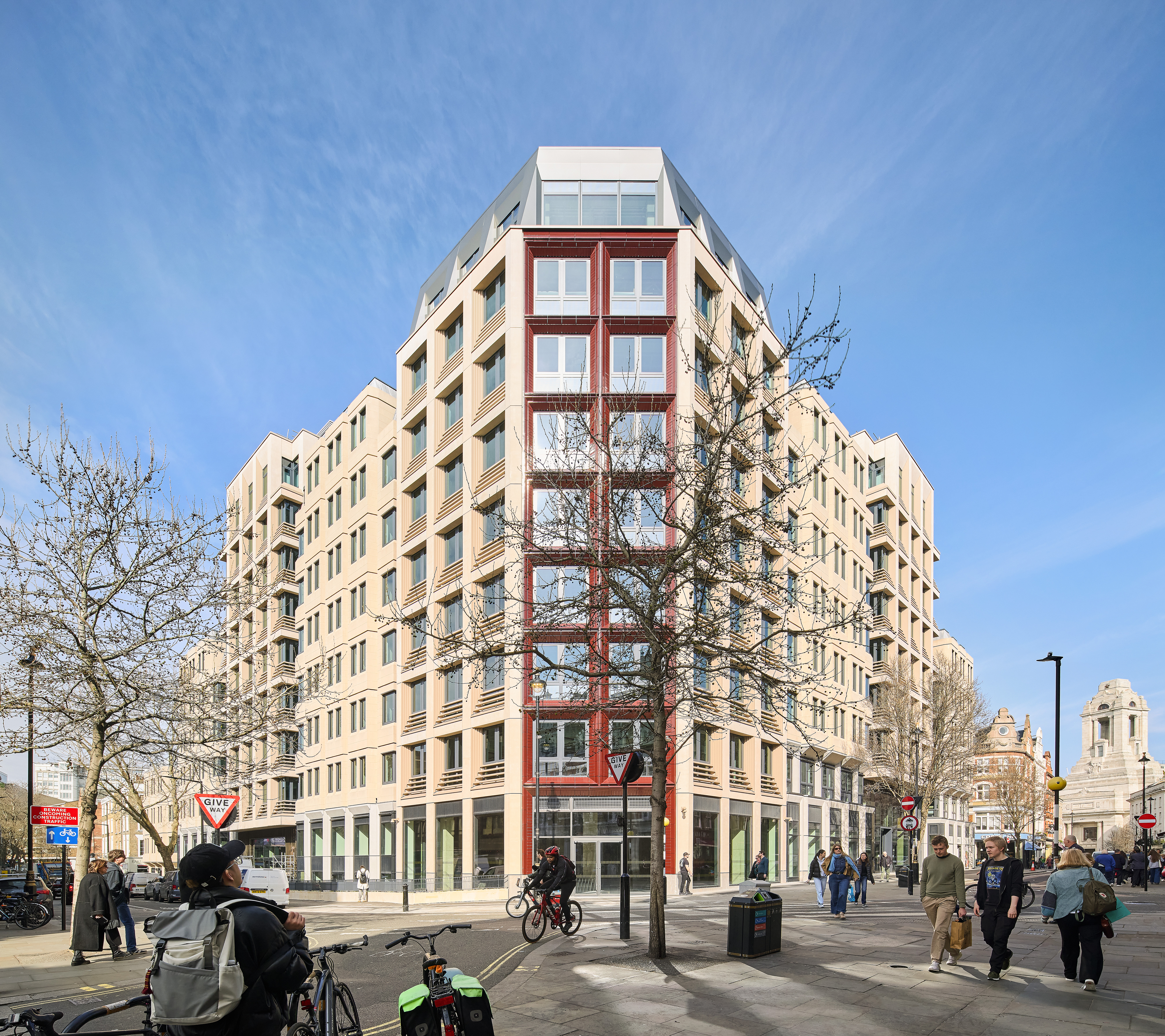
The Acre
The Acre, built on Covent Garden’s Long Acre in the 1970s and reopened last year, has been transformed by global design practice Gensler into a modern, sustainable workplace, saving around 4,200 tonnes of carbon and retaining 80% of the original structure.
Metropolis, the former Woolworths headquarters on Marylebone Road, first commissioned in 1955, is being reimagined as 'the most sustainable building that has already been built' by architects AHMM, set to operate on 100% renewable energy when it opens later this year.
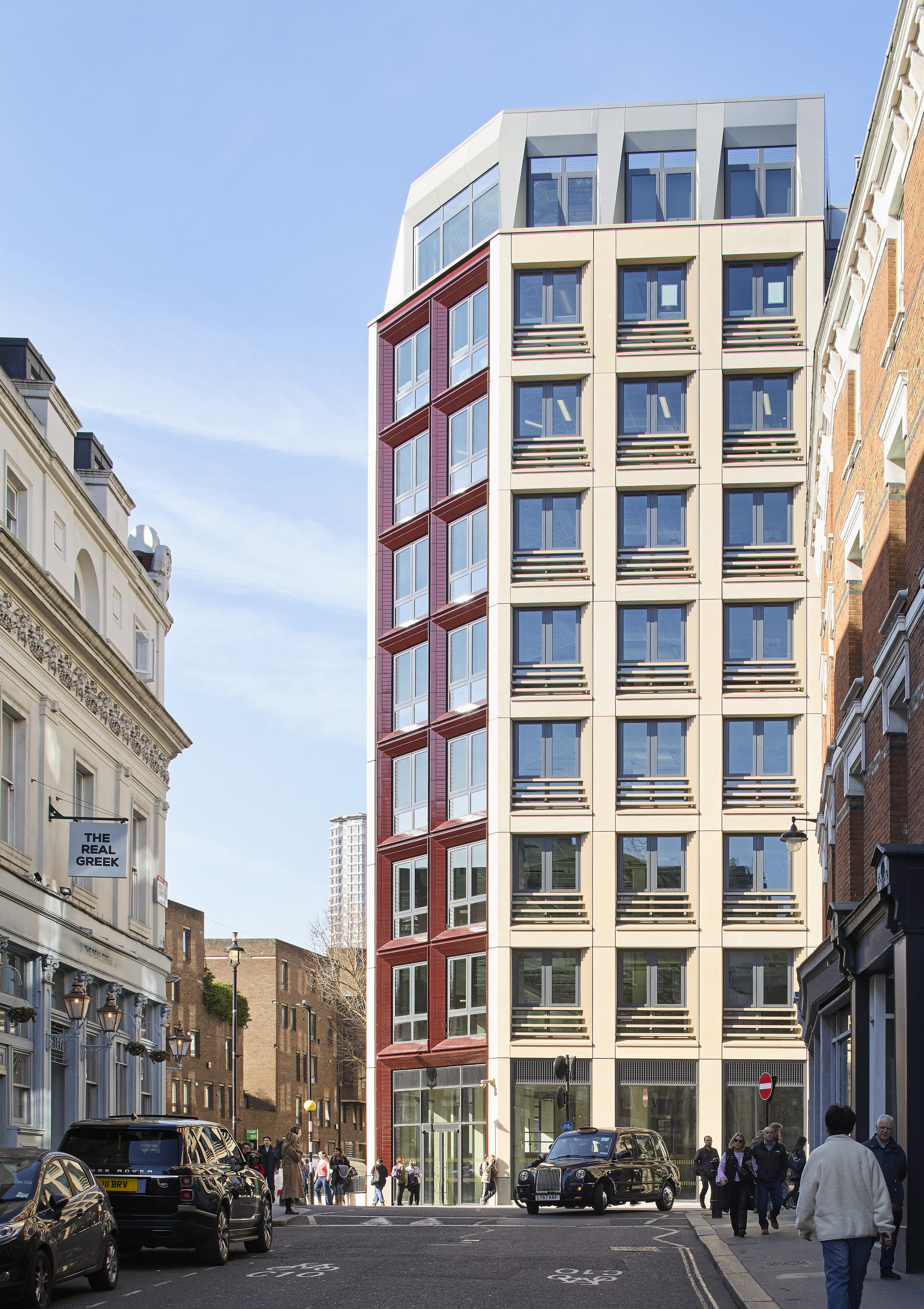
The Acre
There can be little question that this widespread pursuit of ambitious sustainability credentials is future-proofing Seifert’s legacy. Yet, when it comes to the growing popularity of his works, there is also much to be said for the power of provenance. History, original features, a story – that all holds value, and it does so now more than ever, in a city where modern, glass commercial buildings prevail.
In the words of Tyler Goodwin, founder and CEO of Seaforth Land and the developer behind Space House, people are prepared to pay a premium for something different when 'one office is the same as the next, as the next as the next.'
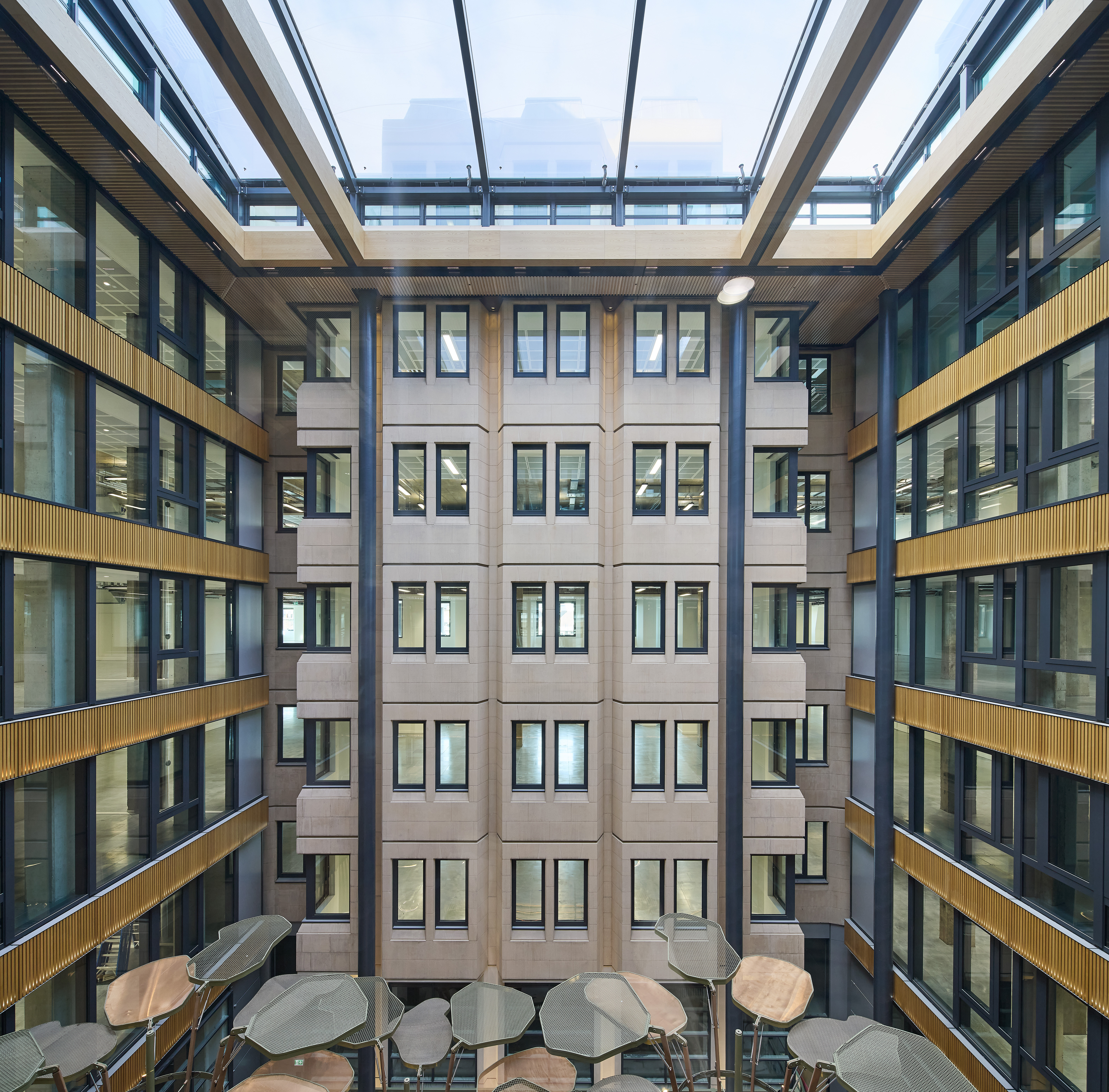
The Acre
As for Richard Seifert, his architecture had long been dismissed as being ‘of its time’, says LandSec U+I’s Evans. The reality, in his opinion at least, is rather different. 'Time hasn’t washed those buildings away,' he says. 'It has just revealed their strength. They aren’t relics. They’ve proved to be adaptable, enduring and capable of new life with new purpose.'
Emily Wright is a journalist and moderator with over twenty years’ experience writing about and commenting on real estate, architecture, design and innovation. Formerly head of content and global editor at leading real estate title Estates Gazette, she now writes for a range of titles including Wallpaper*, The Times, Dezeen and The Spaces and has interviewed architects, developers and political figures including Zaha Hadid, Richard Rogers, Norman Foster, Terence Conran and Donald Trump. A passionate advocate for human-centred design she also writes Well-Placed, a monthly Substack focussed on the importance of places and spaces designed and developed with the end-user in mind.
-
 This Mexican architecture studio has a surprising creative process
This Mexican architecture studio has a surprising creative processThe architects at young practice Pérez Palacios Arquitectos Asociados (PPAA) often begin each design by writing out their intentions, ideas and the emotions they want the architecture to evoke
-
 The Bombardier Global 8000 flies faster and higher to make the most of your time in the air
The Bombardier Global 8000 flies faster and higher to make the most of your time in the airA wellness machine with wings: Bombardier’s new Global 8000 isn’t quite a spa in the sky, but the Canadian manufacturer reckons its flagship business jet will give your health a boost
-
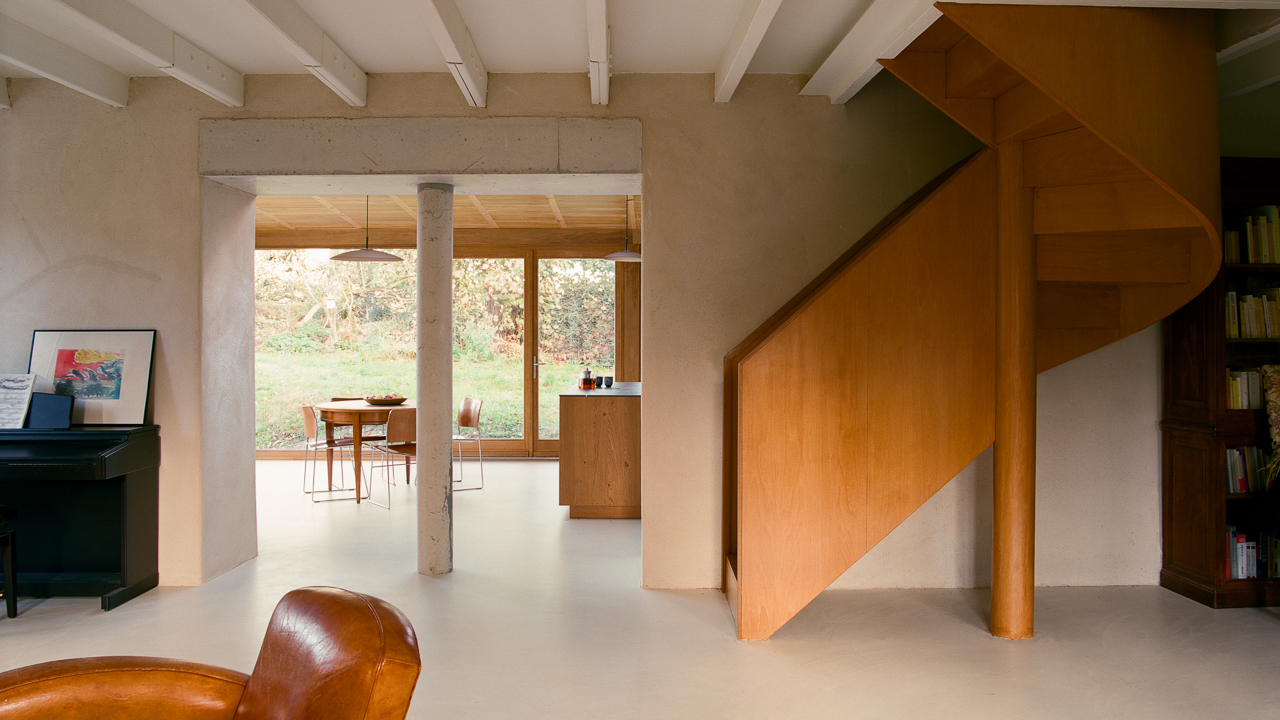 A former fisherman’s cottage in Brittany is transformed by a new timber extension
A former fisherman’s cottage in Brittany is transformed by a new timber extensionParis-based architects A-platz have woven new elements into the stone fabric of this traditional Breton cottage
-
 Arbour House is a north London home that lies low but punches high
Arbour House is a north London home that lies low but punches highArbour House by Andrei Saltykov is a low-lying Crouch End home with a striking roof structure that sets it apart
-
 A former agricultural building is transformed into a minimal rural home by Bindloss Dawes
A former agricultural building is transformed into a minimal rural home by Bindloss DawesZero-carbon design meets adaptive re-use in the Tractor Shed, a stripped-back house in a country village by Somerset architects Bindloss Dawes
-
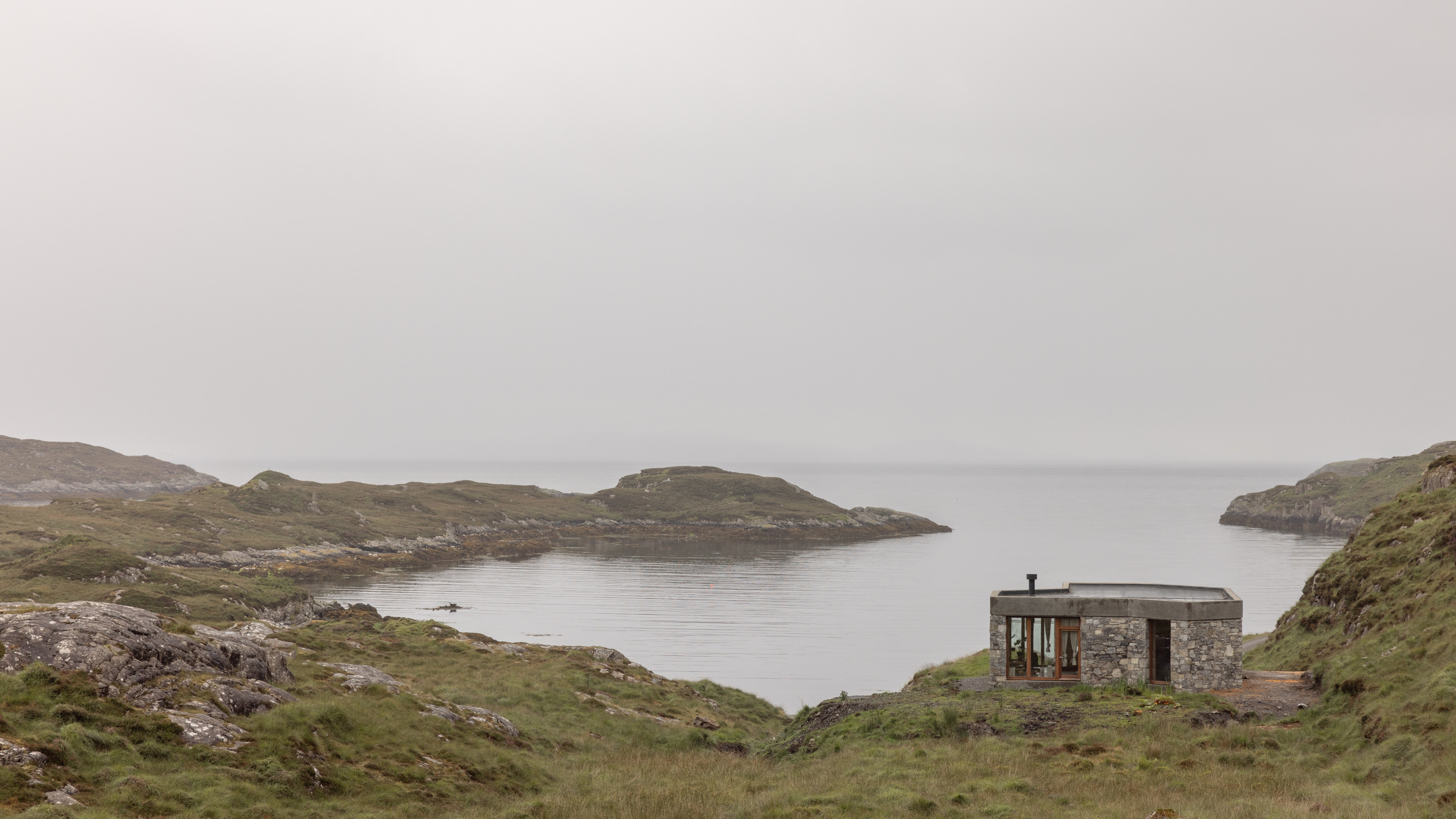 RIBA House of the Year 2025 is a ‘rare mixture of sensitivity and boldness’
RIBA House of the Year 2025 is a ‘rare mixture of sensitivity and boldness’Topping the list of seven shortlisted homes, Izat Arundell’s Hebridean self-build – named Caochan na Creige – is announced as the RIBA House of the Year 2025
-
 In addition to brutalist buildings, Alison Smithson designed some of the most creative Christmas cards we've seen
In addition to brutalist buildings, Alison Smithson designed some of the most creative Christmas cards we've seenThe architect’s collection of season’s greetings is on show at the Roca London Gallery, just in time for the holidays
-
 In South Wales, a remote coastal farmhouse flaunts its modern revamp, primed for hosting
In South Wales, a remote coastal farmhouse flaunts its modern revamp, primed for hostingA farmhouse perched on the Gower Peninsula, Delfyd Farm reveals its ground-floor refresh by architecture studio Rural Office, which created a cosy home with breathtaking views
-
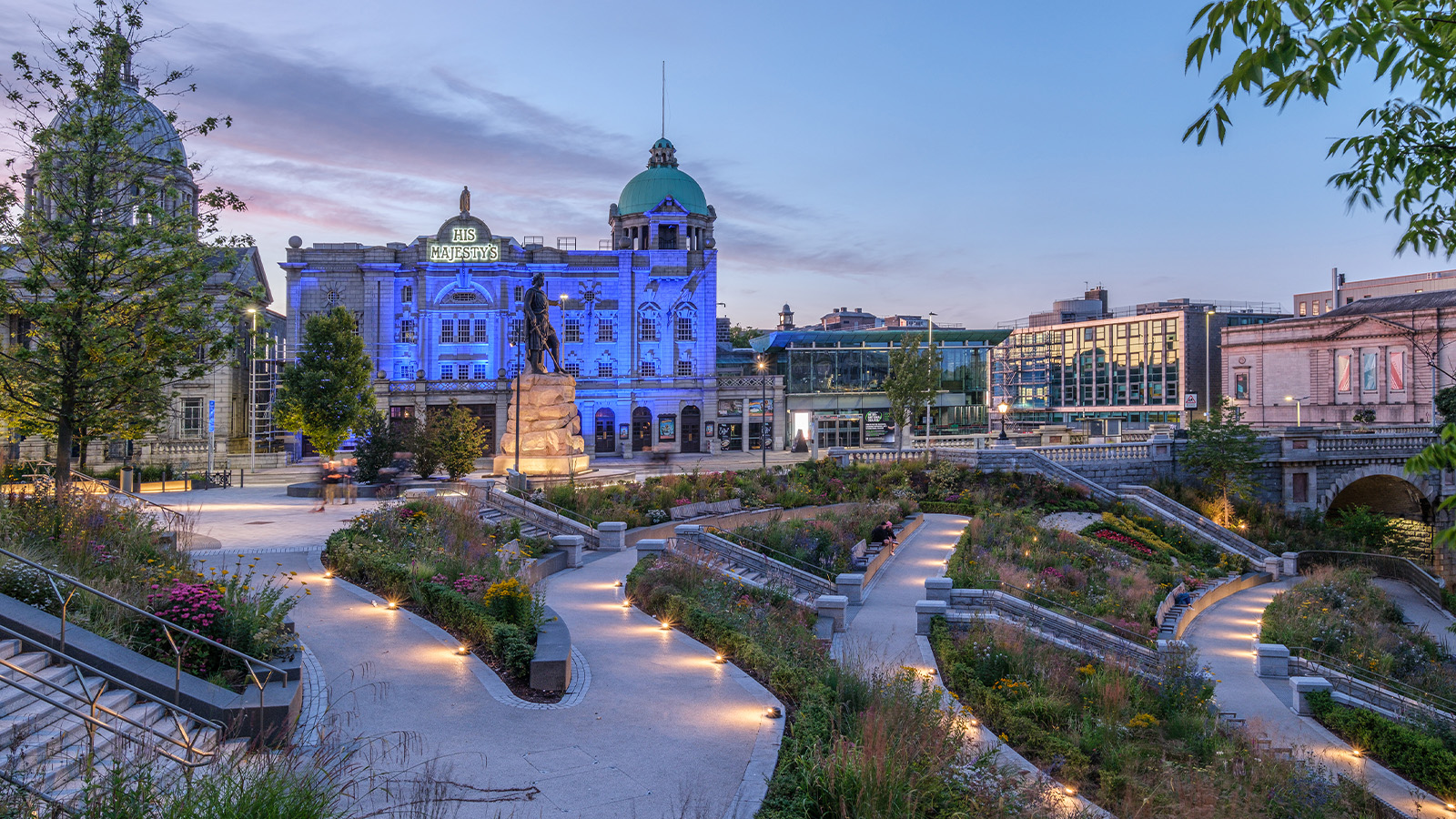 A revived public space in Aberdeen is named Scotland’s building of the year
A revived public space in Aberdeen is named Scotland’s building of the yearAberdeen's Union Terrace Gardens by Stallan-Brand Architecture + Design and LDA Design wins the 2025 Andrew Doolan Best Building in Scotland Award
-
 The Architecture Edit: Wallpaper’s houses of the month
The Architecture Edit: Wallpaper’s houses of the monthFrom wineries-turned-music studios to fire-resistant holiday homes, these are the properties that have most impressed the Wallpaper* editors this month
-
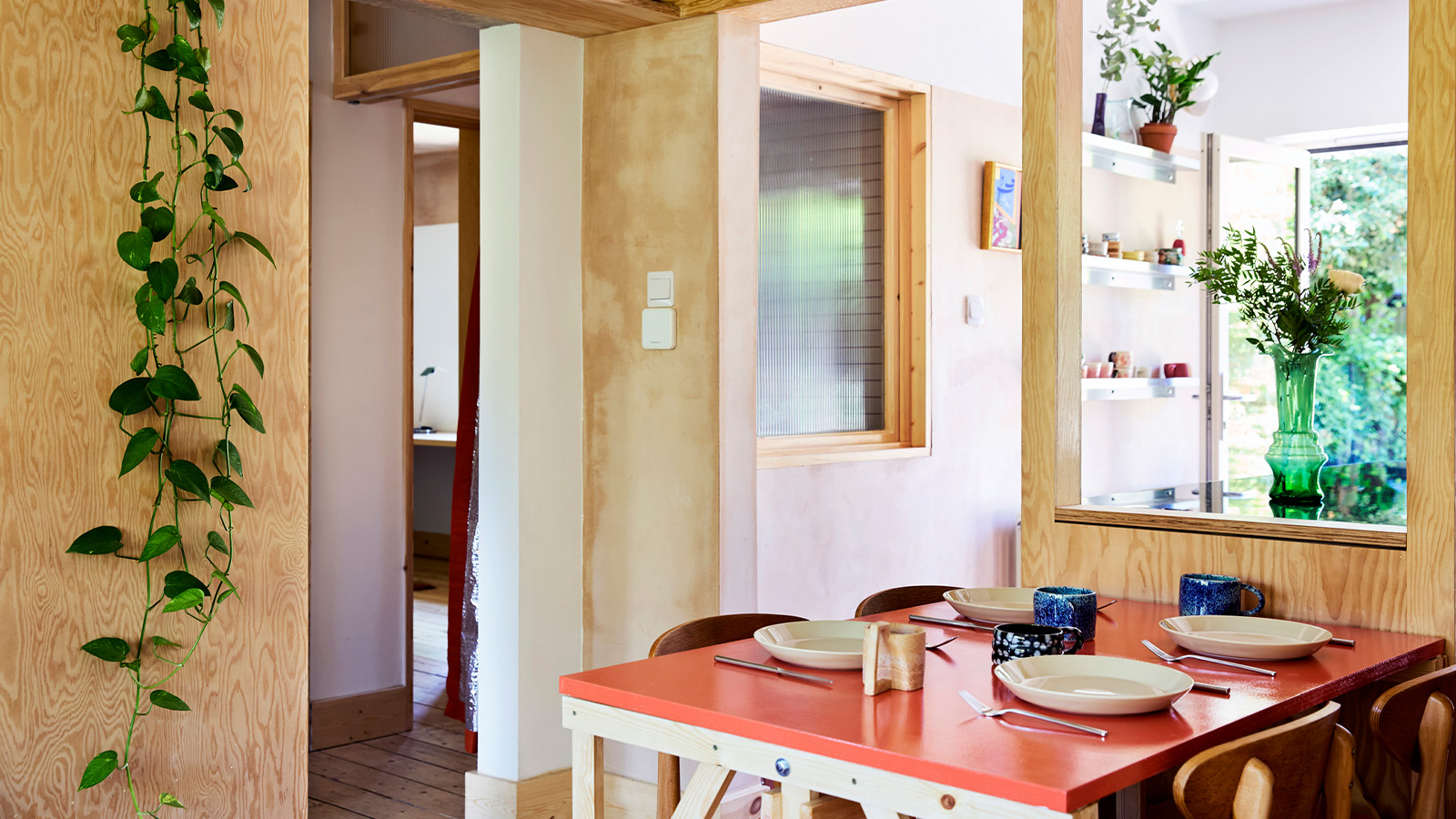 A refreshed 1950s apartment in East London allows for moments of discovery
A refreshed 1950s apartment in East London allows for moments of discoveryWith this 1950s apartment redesign, London-based architects Studio Naama wanted to create a residence which reflects the fun and individual nature of the clients